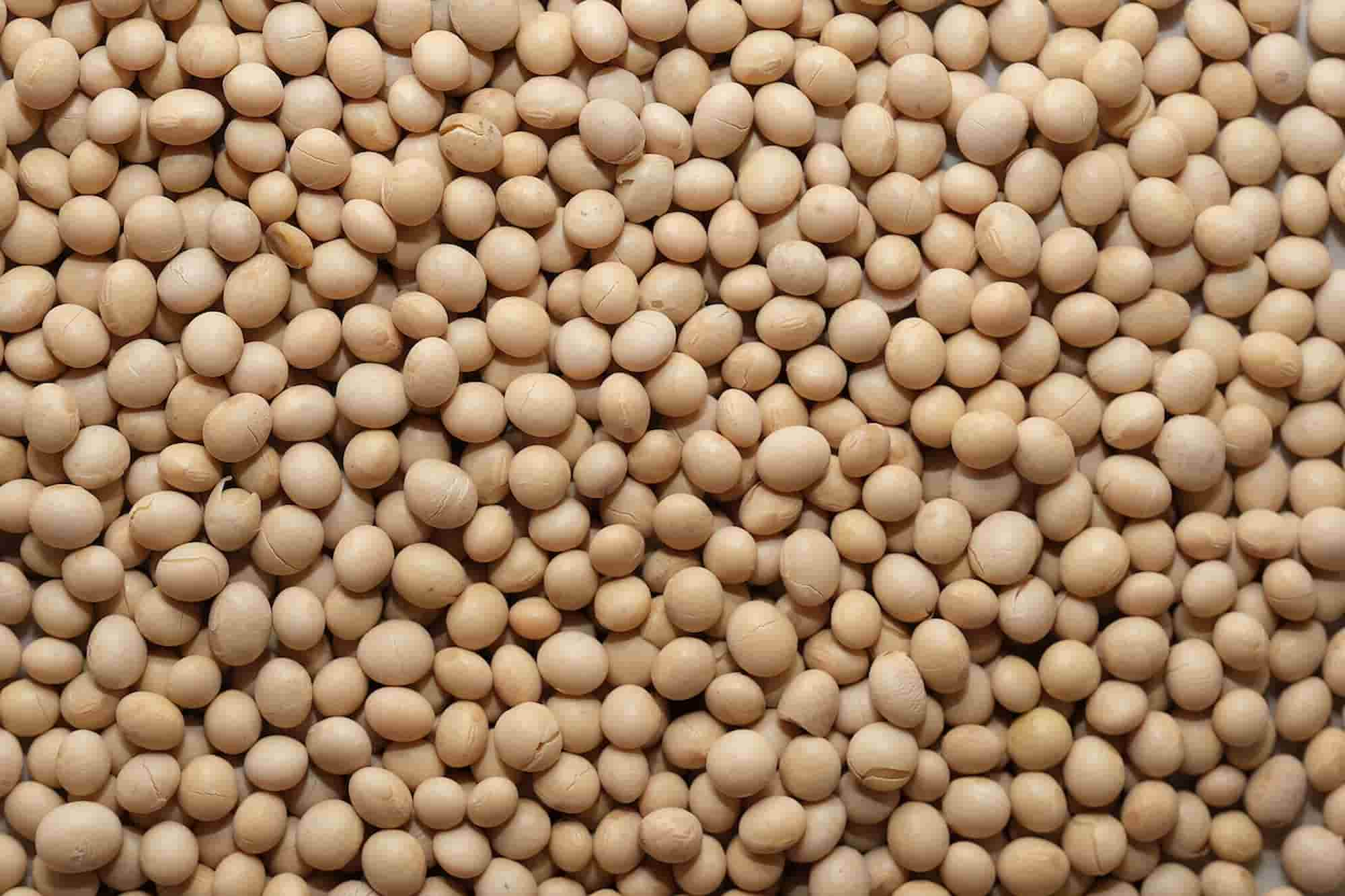
How to grow soybeans in your vegetable garden?
All you need to know about growing and harvesting garden soybeans
Contents
Becoming ubiquitous in the vegetarian food aisles of shops, soya is consumed in the form of tofu, tempeh, or miso, as a juice similar to milk or cream, and of course in sauces or as bean sprouts. A staple of Asian cuisine, soya boasts numerous qualities: rich in 40% protein and 12 to 20% fat, it also contains a good amount of vitamins and minerals. Soya is therefore a food with multiple benefits for a balanced diet, provided it is grown under good conditions, which remains difficult to ascertain when consuming processed soya. Often genetically modified, soya is indeed most commonly cultivated in intensive agriculture in countries plagued by deforestation… This is why planting your own soya in your vegetable garden can be a good alternative to consuming industrial soya. Moreover, the cultivation of this legume is simple, quite similar to that of beans. We explain where, when, and how to sow and harvest soya.
All you need to know about soybeans
Annual plant from the legume family, the garden soybean (Glycine max or Glycine hispida) is native to Asia. Quite similar to the bean, the soybean has a bushy habit and can be voluble, reaching heights of 1.5 to 2 m. Its taproots can extend down to 2 m deep.
The soybean is a densely villous plant, with hairs on its rigid stems, inflorescences, and pods. The soybean has alternate leaves, self-fertilising flowers that are white, pink, or purple, and rather long, flat pods. Each pod contains 3 to 6 seeds depending on the variety, which can also vary in colour: some are yellow (Glycine max ‘Jaune de Desme’ or ‘Jewel’), black (Glycine max ‘Black Pearl’), green (Glycine max ‘Sayamusume’ or ‘Envy’), or bicoloured.
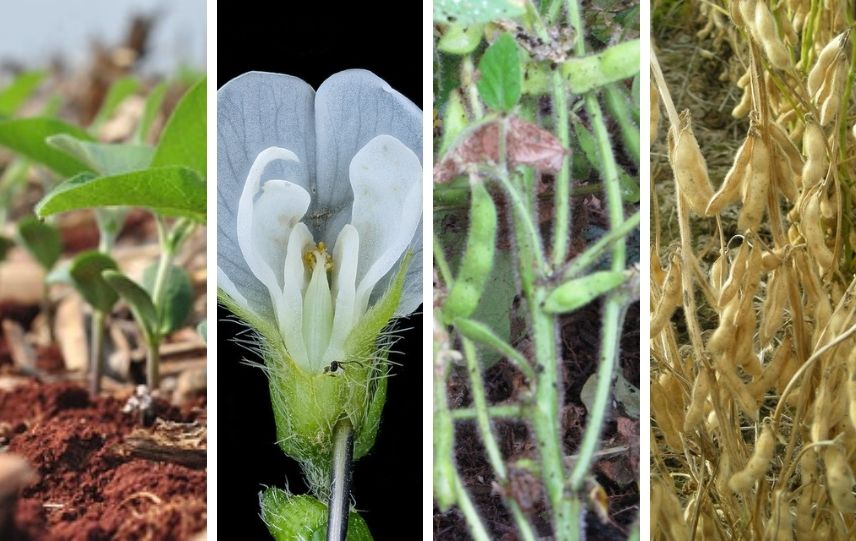
Seedling, flower, green pod, and dry pod of garden soybean
The seeds, which can be consumed dry, green, or sprouted, are very rich in proteins and lipids, as well as potassium, phosphorus, iron, and B vitamins, making them an excellent meat substitute.
But it is also a plant that offers many benefits for the gardener: it is an interesting green manure as the soybean enriches the soil with nitrogen through symbiosis with a bacterium via the nodosities of its root system. This is why it is not recommended to grow it two years in a row in the same plot.
Read also
How to grow dry beans?Where and when to sow soybeans?
Soybean is grown in climates with hot summers, it needs warmth and sunlight. Therefore, choose a sunny location for it. As for the soil, it needs to be well-warmed, between 10 and 15 °C to accommodate soybean seeds.
Staying with the soil: soybean appreciates all types of soil, except for calcareous ones. It requires a good organic matter content and, above all, well-drained soil.
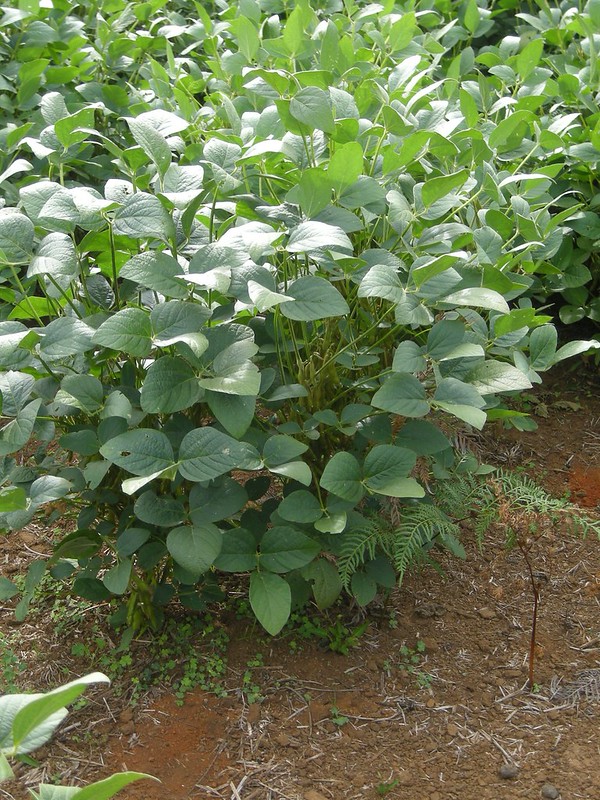 Soybean needs a sunny location and warmed soil for sowing
Soybean needs a sunny location and warmed soil for sowing
Sowing can begin as soon as three months of warmth are assured, that is to say in spring. In regions with a mild climate, sowing occurs as early as mid-April, and rather in mid-June elsewhere, for a harvest that spans from August to October.
How to sow soybeans?
- Soak the seeds for 24 hours in water
- Weed the soil carefully
- Loosen and aerate the soil using a rake
- Dig furrows about 3 cm deep, spaced 60 to 80 cm apart.
- Sow in clusters of 3 or 4 seeds spaced 40 cm apart or place one seed every 5 cm.
- Cover the seeds with soil and firm down lightly.
- Water generously.
What care should be given to soybeans?
Soy is not very water-hungry, so only water during periods of intense heat or drought. You can also increase watering during the flowering period if rain is not forthcoming. However, two weeks before the harvest, watering should be stopped.
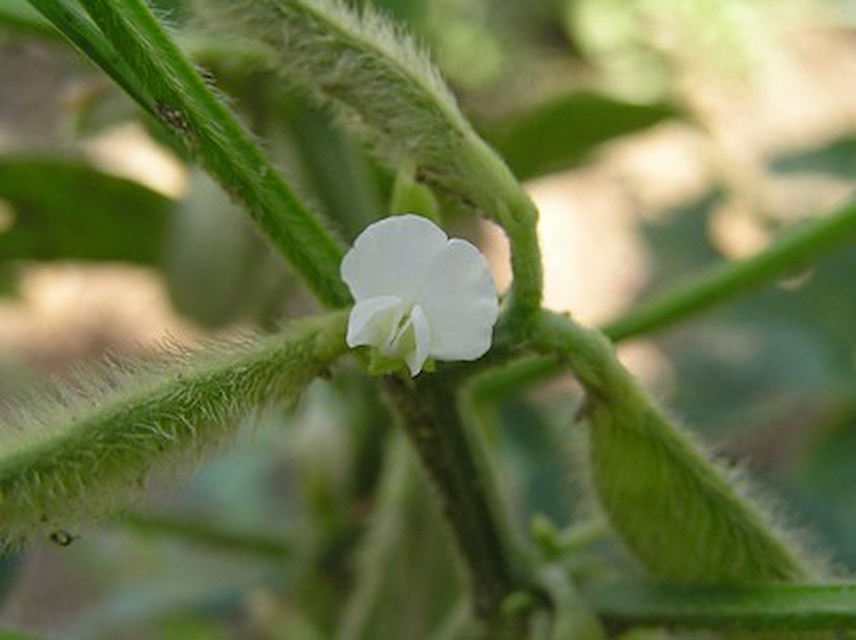 The fertilization of soy flowers is self-fertilizing, meaning that pollination occurs within the flower itself. Sometimes, the flowers do not even open.
The fertilization of soy flowers is self-fertilizing, meaning that pollination occurs within the flower itself. Sometimes, the flowers do not even open.
When the seedlings reach 10 to 15 cm, carry out hilling to allow them to root well and stand upright.
Weeding should be regular to limit the spread of weeds that soy does not appreciate.
The harvest of soya
Depending on how you want to consume your soybeans, they will be harvested differently.
- If you consume dry soybeans, harvest the pods when they are yellow and dry, about 100 days after sowing. This can occur from late summer to early autumn, depending on the sowing time and climate. All the seeds mature at the same time, so the soybean plants are cut at the base. Then, simply spread them out on a white sheet and beat them. This way, the pods, which are very difficult to shell, release their seeds. If you are concerned that your seeds are not sufficiently mature, hang the soybean plants for a few days in a well-ventilated, dark room. Once harvested, the seeds should be stored in an airtight container away from light. They must be consumed after cooking; otherwise, they are toxic.
- If you consume fresh green soybeans, the pods are picked immature, like green beans, between 75 and 90 days after sowing. At this point, the soybeans are considered edamame, slightly crunchy. Simply boil the pods to enhance salads or vegetable stir-fries. Some varieties are recommended as edamame, such as ‘Summer Shell’, ‘Green Shell’, or ‘Fiskeby V’, which can be consumed either fresh or dry.
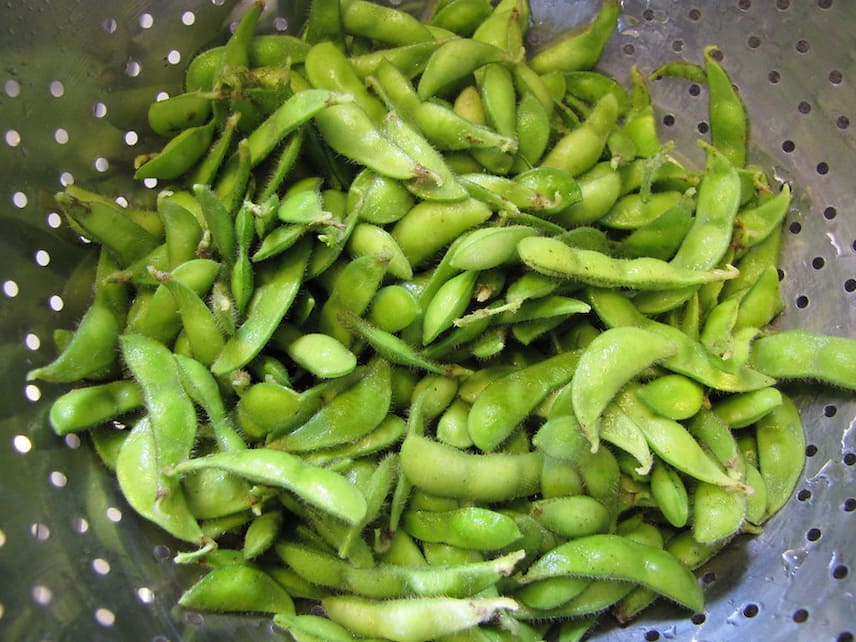 A soybean is called edamame when the pods are harvested and consumed immature and green
A soybean is called edamame when the pods are harvested and consumed immature and green
The enemies of soybeans
The main disease affecting intensively cultivated soybeans is soybean rust caused by a fungus. However, on a garden scale, soybeans are not prone to diseases or pests.
And what if you made your own tofu?
To use your dried soybean seeds, you can make your own tofu, which is well-known among vegetarians and vegans. Homemade tofu is worth the effort as it takes a bit of time to prepare but will be significantly less bland than store-bought tofu. Here’s the step-by-step recipe for tofu, which is essentially heated soy milk. Let’s get started!
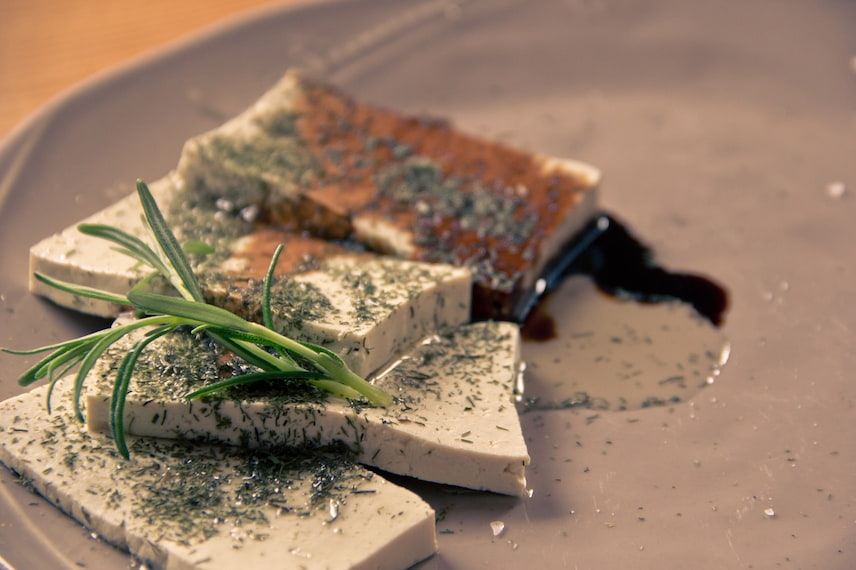
Soybeans must be consumed cooked as they are toxic when raw.
- Soak 300 g of soybean seeds for 24 hours. They will double in volume.
- Rinse the soybean seeds and blend them with a little water to achieve a creamy consistency.
- Mix the blended soy with 3 litres of water.
- Cook for 30 minutes, stirring constantly.
- Strain through a fine sieve to separate the soy milk from the pulp (okara).
- Reheat the soy milk until it reaches boiling point.
- Off the heat, add a spoonful of nigari to curdle the milk.
- Let it rest for 30 minutes.
- Strain the tofu into a box lined with cheesecloth.
- Squeeze the cheesecloth to press.
- Close the cheesecloth and add a weight.
- Leave in the refrigerator for at least 2 hours.
- Store your tofu in an airtight container submerged in water. Consume very quickly.
- Subscribe!
- Contents
































Comments